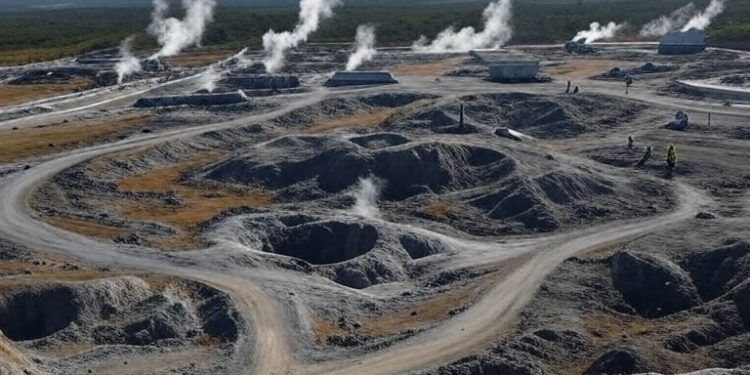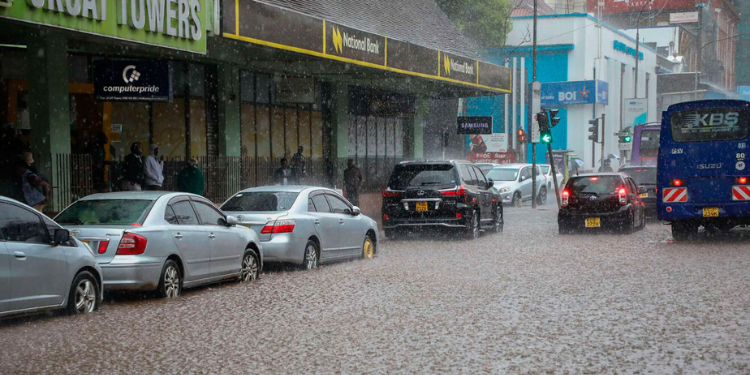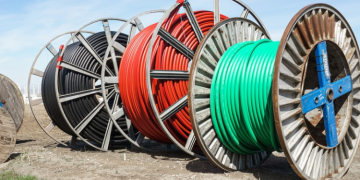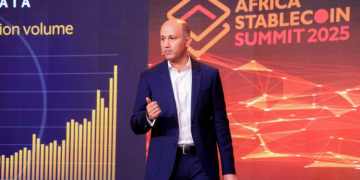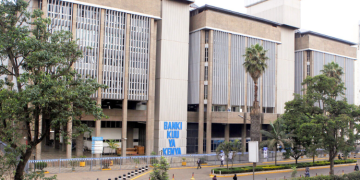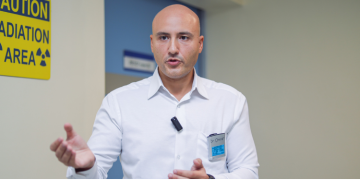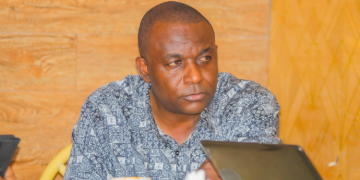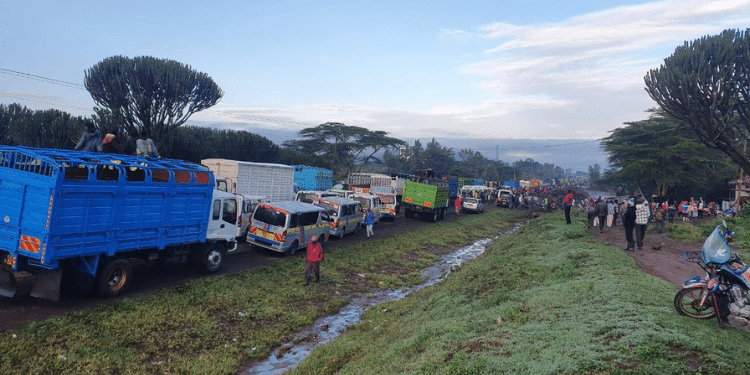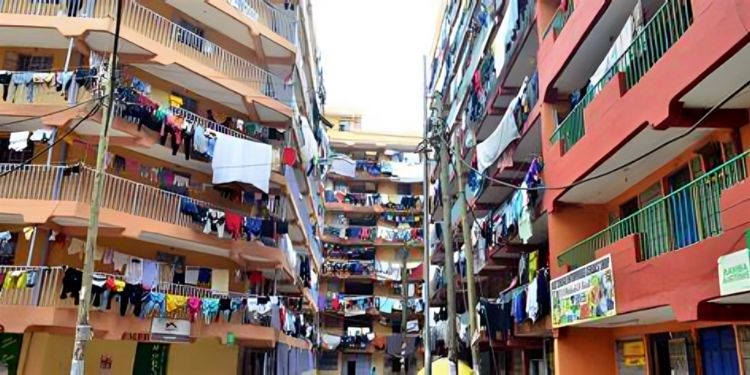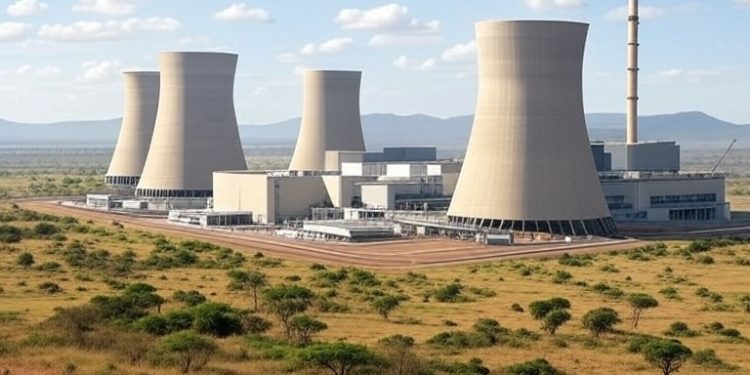The “Fact Sheet” peddled by Center For Justice Governance and Environmental Action (CJGEA) and the Kenya Anti-Nuclear Alliance (KANA) reads less like the technical assessment it pretends to be and more like a list of anxieties, cherry-picked data, and outdated talking points. While its authors posture as protectors of Kenya’s energy future, what they actually reveal is an unwillingness to learn from countries that have balanced energy mixes. As Kenya edges closer to 2030 and its promises, it’s worth scrutinizing these “facts.”
Energy Demand: Fictional Deficits vs. Real Blackouts
According to KANA, Kenya’s extrapolated demand of 17,000 MW by 2030 is “inflated,” and since the country has mapped over 33,000 MW potential reserve in renewables, there is no need to explore other options. The hoary myth that inspires such is the unfounded conviction that Kenya is so awash with a surplus of cheap electricity that any extra prospecting is unnecessary.
CNN recently reported that while Ethiopia’s electricity consumption has tripled since 2000, keeping up with population growth, Kenya’s has only grown by three-quarters. In 2023, while Zimbabwe, Sudan, and North Korea were talking of a per capita electricity consumption of 630 kWh, 350 kWh, and 1010 kWh, respectively, Kenya could only manage a meagre 240 kWh per person.
Besides, if Kenya’s glut in renewable capacity invalidates any plans for improvement or diversification, why are we still plagued by debilitating blackouts every other day?
Cost Comparisons: Billions vs. Bananas
The “KES 500–600 billion” figure brandished as a “FACT” is not unique. The Standard Gauge Railway cost upwards of KES 450 billion; the Lamu Port-South Sudan-Ethiopia Transport (LAPSSET) project is budgeted at over KES 2 trillion. Strangely, no one calls these white elephants “financial suicide.” Nuclear, which guarantees 24/7 baseload for 70 years, is suddenly treated as an extravagance in a country where the use of Koroboi lamps condemns entire households to respiratory diseases later in life.
Also Read: Nuclear Power in Kenya: Balancing Progress, Promises and Public Interest
CGJEA attempts to market replacing vegetation with solar panels manufactured in coal-fired Chinese plants as “clean,” yet PV panels are ineffective after 10 years and are often discarded into landfills, where arsenic leaches into groundwater, rendering wells toxic. The phobia of nuclear reveals ignorance of the fact that consumption of bananas that are rich in potassium-40 delivers more radiation exposure than living next to a nuclear plant.
One cannot help but wonder when CJGEA will launch the “Sitaki ndizi” campaign.
Tourism & “No-Go Zones”: Penguins > Propaganda
In the spirit of Pan-Africanism, it is important that the “Fact sheet” finds its way to Duynefontein, the wealthy Cape Town suburb that sits on the Koeberg Nuclear Power Plant’s fence. The families there watch penguins, dolphins, and springbok grazing within sight of the reactors and the vast number of tourists who flock there in higher numbers than to Kenya’s own coast, learn that nuclear ruins tourism.
Safety: Myths Imported, History Misused
The Banqiao disaster in China (1975) killed over 100,000 people, making it the deadliest energy-related accident in history. Chernobyl, the go-to boogeyman, was a consequence of a Soviet-era design that no other plant has copied since 1986. Neither Fukushima in 2011 nor the “infamous” Three Mile Island “meltdown” of 1979 resulted in any fatalities.
In fact, Microsoft has recently signalled the intention to restart Three Mile Island, while Amazon Web Services purchased 480 MW from Susquehanna Nuclear Plant. The companies running our beloved cloud, AI, and data centers are betting their futures on nuclear, not on “Fact Sheets” conjured out of thin air
Waste & Isotopes: From Problem to Medicine
Contrary to the picture painted by CGJEA, “Nuclear Waste” or “Spent Nuclear Fuel” management is one of the most regulated industrial activities on Earth. Spent fuel rods are stored under shielding, with exposures so minimal that pregnant women could safely stand beside them under controlled conditions. In fact, what yesterday was considered “waste”, such as Actinium-225, is now a medicine used to fight cancer and commands prices higher than gold.
Jobs & Industrial Growth: Pipe Dreams vs. Proven Paths
The Fact Sheet boasts that renewables create more jobs per shilling, which is true, if one prefers underpaid, precarious labour inhaling sulphur dioxide while digging geothermal wells. Nuclear, by contrast, creates highly skilled, well-paying jobs that anchor knowledge economies.
Also Read: Energy Trilemma: Kenya’s Ambition Meets Hard Math
If ‘renewable” power “triggers industrial growth,” then why has Kenya’s boom not produced another South Korea? Nuclear, when adopted, has correlated with rapid GDP expansion, because industries flock to certainty. One can build a steel plant next to Koeberg with confidence it won’t flicker out during El Niño.
Kenya stands at a crossroads. We can either drown in the bellicose rhetoric of “Sitaki Nuclear” while children study under street lamps, or we can embrace a proven, clean, safe, and long-term solution. Nuclear does not seek to replace geothermal, wind, or solar but to stabilize them, anchor them, and allow them to flourish without forcing the Silicon Savanah to revert back to the dark ages every time it rains. The Fact Sheet by CJGEA fails not because it raises valid concerns, but because it mistakes fears for facts.
The time has come for KANA to move past slogans and embrace learning.
Tujifunze Nuclear.
Follow our WhatsApp Channel and join our WhatsApp Group for real-time news updates.
